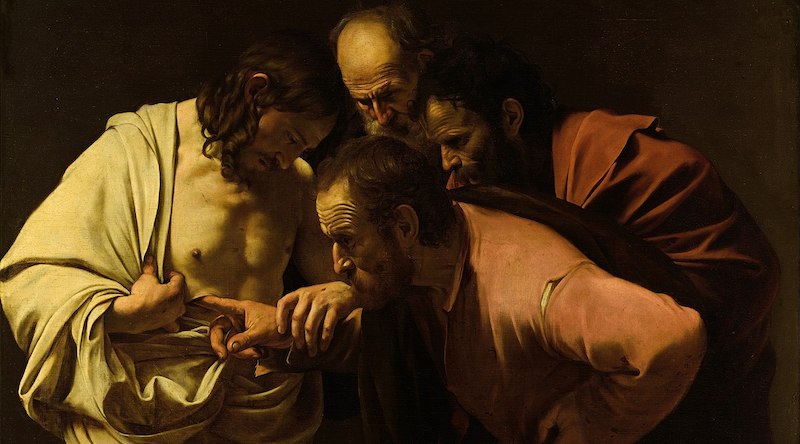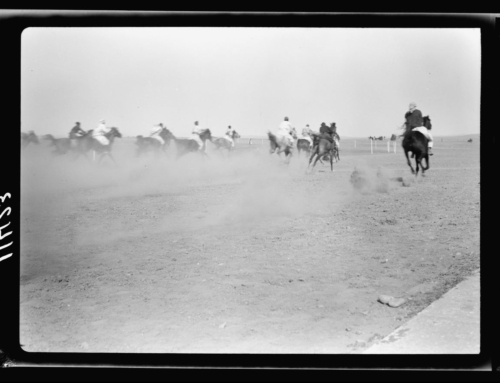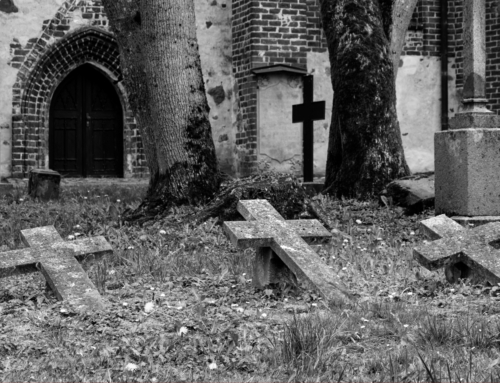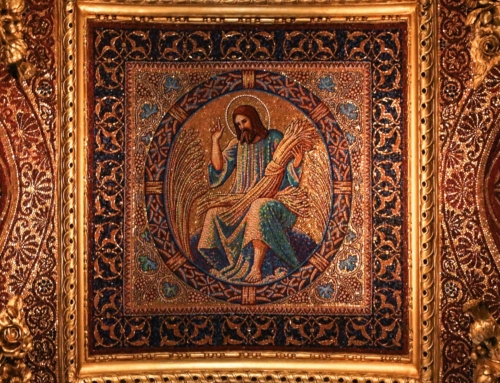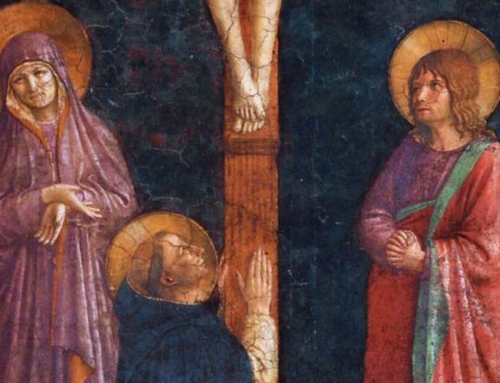“Unless I see the mark of the nails in his hands and put my finger into the nail marks and put my hand into his side, I will not believe” (John 20:25). These words of unbelief may strike us, coming from a man who followed Jesus for three years. But while it’s easy for us to reproach Thomas for not believing the other Apostles, we can still wonder why Jesus appeared to them without Thomas present. Everything that Jesus does is for a reason. For our benefit, Christ appeared to the disciples without Thomas so we too might believe. And startled by Thomas’s unbelief, this scene could help us in our Lenten observances.
Jesus wants us to adopt Thomas’s desire to place our fingers in his hands and in his side, not so that we might believe only, but so that we might be healed from our infirmities too. How can we do this? Obviously, Jesus’s physical body is not present with us, but we can still reach him by prayer and, especially, frequenting the sacraments of Penance and the Eucharist.
Evagrius Ponticus gives a classic definition of prayer: “Prayer is the mind’s ascent toward God.” Prayer is a striving to reach our heavenly Father like a child would raise his arms so that his father might pick him up. And following Thomas’s example, perhaps another way of understanding prayer is as probing into God’s heart, into Jesus’s wounds. By prayer we enter into Jesus’s side and remain fixed within it, as the Psalmist says, “Hide me in the shadow of your wings” (Ps 17: 8). We enter into Jesus’s open side through prayer and remain hidden there, in his Sacred Heart which beats for love of us.
In the sacrament of penance, we touch the wounded side of Jesus, and so his blood, which cleanses and purifies, is poured out. And then we understand our wounds too, allowing Jesus to touch and probe into our wounded side. We show Christ our wounds and allow him to touch them so that he may heal them. In the Sacrament of Penance, we first say to Christ, “Put your finger here.” We confess our sins, and we lay ourselves bare before the Lord, who sees and knows everything. Then Christ opens his side, and blood and water flow out to cleanse us.
Finally, in the Eucharist, we draw physically close to Christ. My family practices that beautiful devotion in which every time the priest elevates the Host and the Chalice, we quietly say, “My Lord and my God,” repeating the words of the apostle Thomas. We come into direct contact with the risen Lord and we receive him whom Thomas touched with his fingers. Jesus is truly present in the sacrament, so we might approach him as Thomas did, with amazement and wonder, not with doubt or disbelief. Truly, we can repeat the words of Saint Thomas Aquinas in his hymn Adoro te Devote: “Sight, touch, taste all fail in their judgment of you / But hearing suffices firmly to believe…” All other senses fail but not our hearing, for as St. Paul mentions, “Faith comes from what is heard, and what is heard comes through the word of Christ” (Rom 10:17). Christ remains present with his disciples and offers to each of us his sacred wounds so that we may enter into them and remain fixed upon him.
During this season of Lent, our Lord wants us to enter more closely into the Paschal mysteries of his passion, death, and resurrection. What better way to meditate on these mysteries than by praying and receiving the sacraments of Penance and the Eucharist, which flow from his own death and resurrection? And if you stumble for what to say when you pray or when you see the Eucharist, borrow the words of St. Thomas Aquinas,
“I do not see wounds as Thomas did,
But I confess that You are my God.
Make me believe much more in You,
Hope in you, and love You.”
Or the astonished words of Thomas the Apostle himself:
“My Lord and my God!”
✠
Image: Caravaggio, The Incredulity of Saint Thomas

